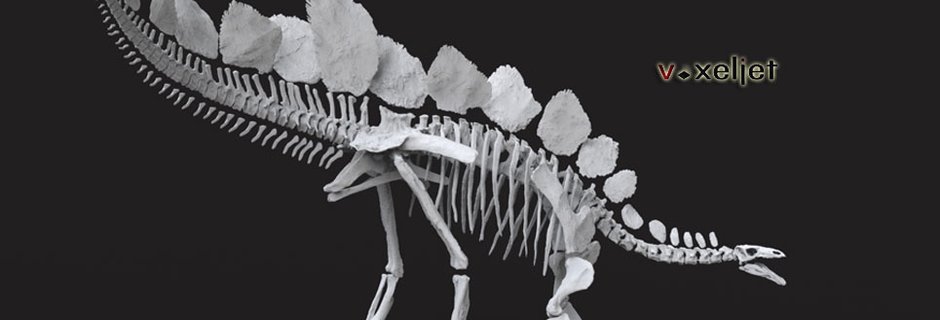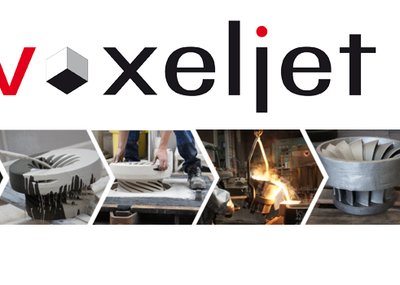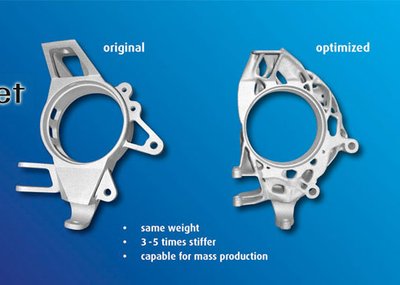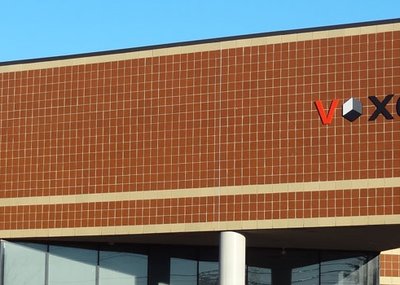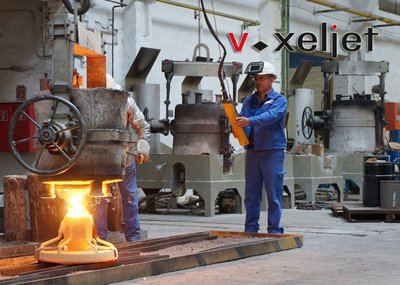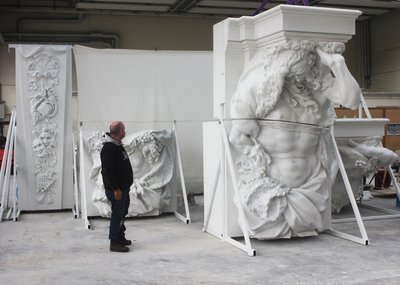While the Stegosaurus happily competes with both the Tyrannosaurus rex and the Diplodocus as being every other child’s favourite dinosaur, it may come as a surprise to learn that as well as being relatively rare in its own time, it has always remained something of an enigma, our lack of knowledge - about its weight, the purpose of those enormous plates, or even how it managed to eat - complicated by a worldwide scarcity of well-preserved skeletons.
Until, that is, last year, when London’s Natural History Museum, in a private donor assisted coup, managed to purchase the Stegosaurus, nicknamed Sophie, an unprecedentedly well-preserved skeleton having been discovered in 2005, in Wyoming, America. Unveiled last December, its5.6 by 2.9 metre frame occupies pride of place in the Museum’s Earth Hall. ‘Stegosaurus fossil finds,’ says Professor Paul Barrett, the museum’s lead dinosaur researcher, ‘are rare. Having the world’s most complete example here for research means we can begin to uncover the secrets behind the evolution and behaviour of this intriguing dinosaur species.’
Part of that research has required that the Natural History Museum commission voxeljet’s modelling subsidiary Propshop to laser-scan the Stegosaurus , create a 3D digital template of the entire skeleton and 3D print specific pieces - all for the purposes of running key-question simulations, making provision for touch object needs, and safeguarding against possible future loss or damage of the original.
‘It’s an honour to have been asked to help,’ says James Enright, Propshop’s Managing Director of voxeljet UK, ‘We were able to use our experience in digitally scanning rare, large or one-off objects to good effect. The skeleton was scanned using Lidar technology, and the data gathered from the noncontact handheld high-res Laser scanner was then digitally manipulated to create a highly accurate computerised model. We 3D printed the skull, the radial plates and tail bones using one of voxeljet’s larger printers, the VX1000, and then fabricated and finished the parts using traditional modelling craftsmanship. ’
As well as being unsure as to the function of the Stegosaurus’s plates, or knowing exactly how it moved, palaeontologists have long been flummoxed as to how a dinosaur weighing in the region of 2,000 kilos and possessing, says Professor Barrett, such ‘feeble looking teeth’ could have managed to sustain itself. Using Propshop’s digital and real-world models, the museum will be able assess the strength and bone density of different parts of the skeleton, work out how they both fitted together and moved in relation to various functions – chewing, for example – and so begin to gain a much better idea of the Stegosaurus’s diet, it’s size, and whether indeed its plates were less a means of defence and more a giant self-cooling system.
‘I’m very proud of how things turned out,’ says Enright. ‘We’ve been using this mix of cutting edge technology and highly skilled craftsmanship for some time now, and it’s great to see it finding new applications and reaching new audiences. The Natural History Museum is thrilled with the scan data, the modelling and the 3D printed touch objects. It’s incredibly forward looking, and I’m certain there will be further scope for future collaboration.
Partner
Foundry Corporate News
Topics 3D Printing
Topic Patternmaking, mouldmaking and tooling & Rapid Prototyping, rapid tooling
Laser scanning and 3D printing - The Natural History Museum’s new Stegosaurus
Lesedauer: min
[3]

